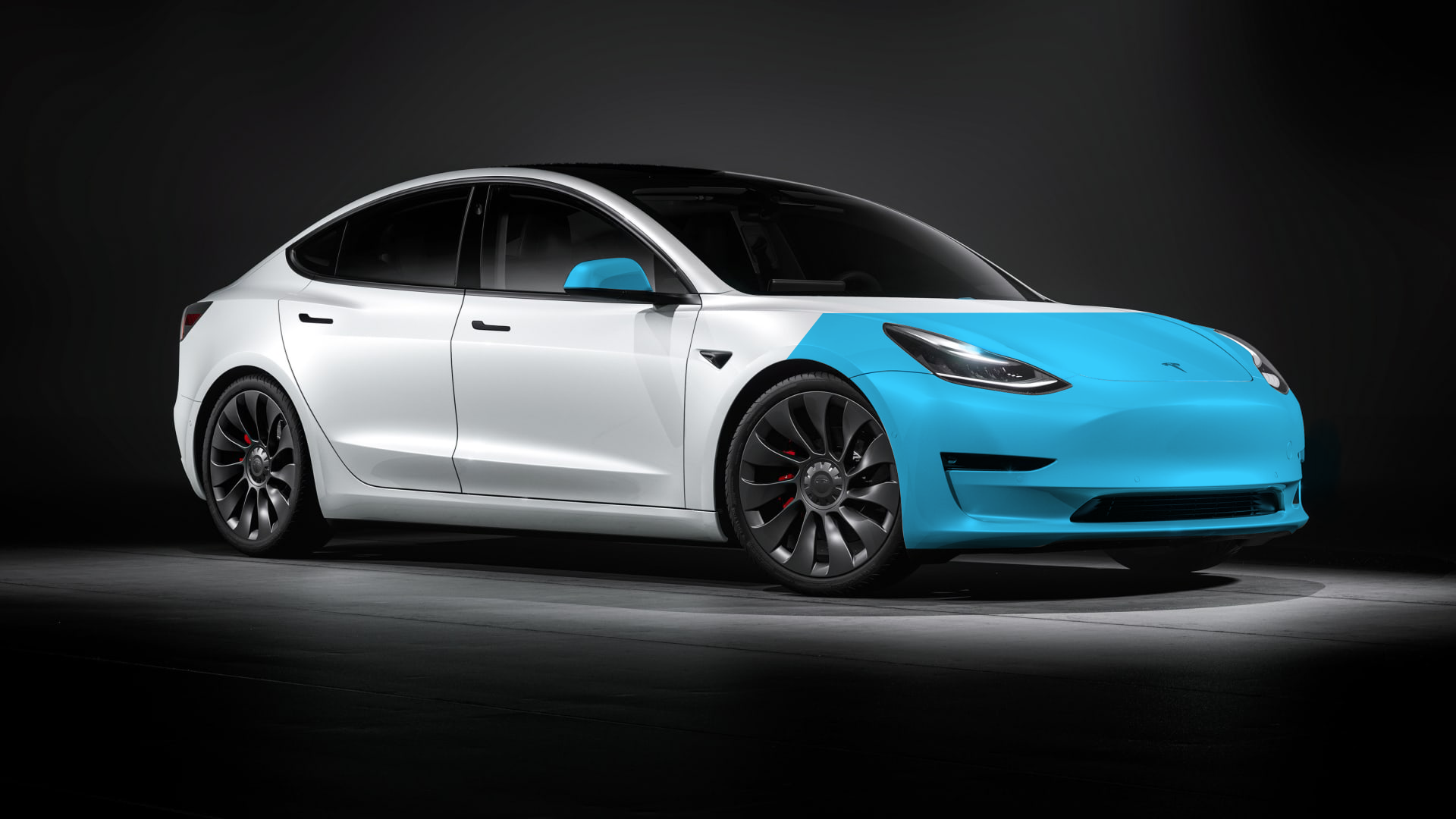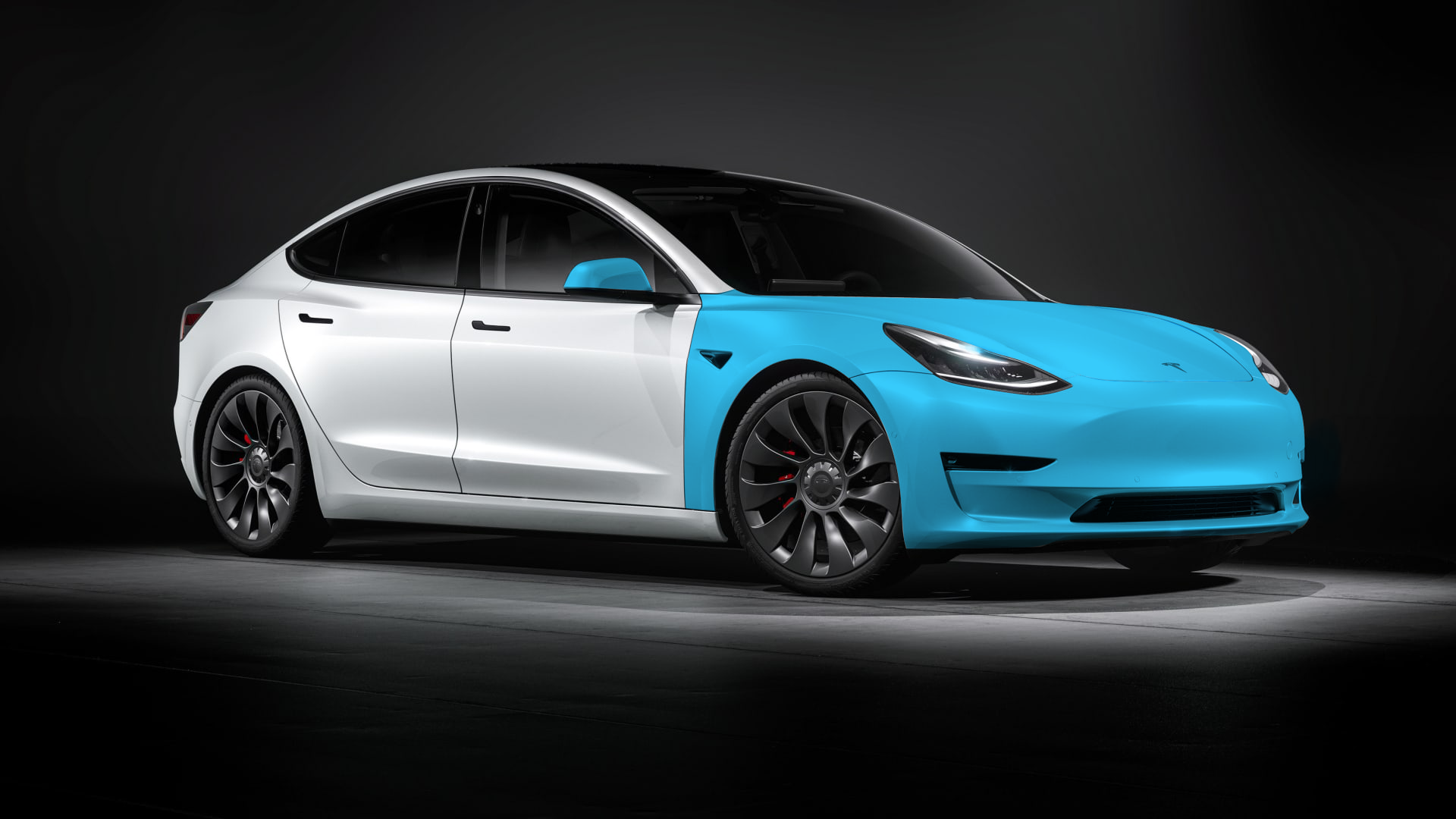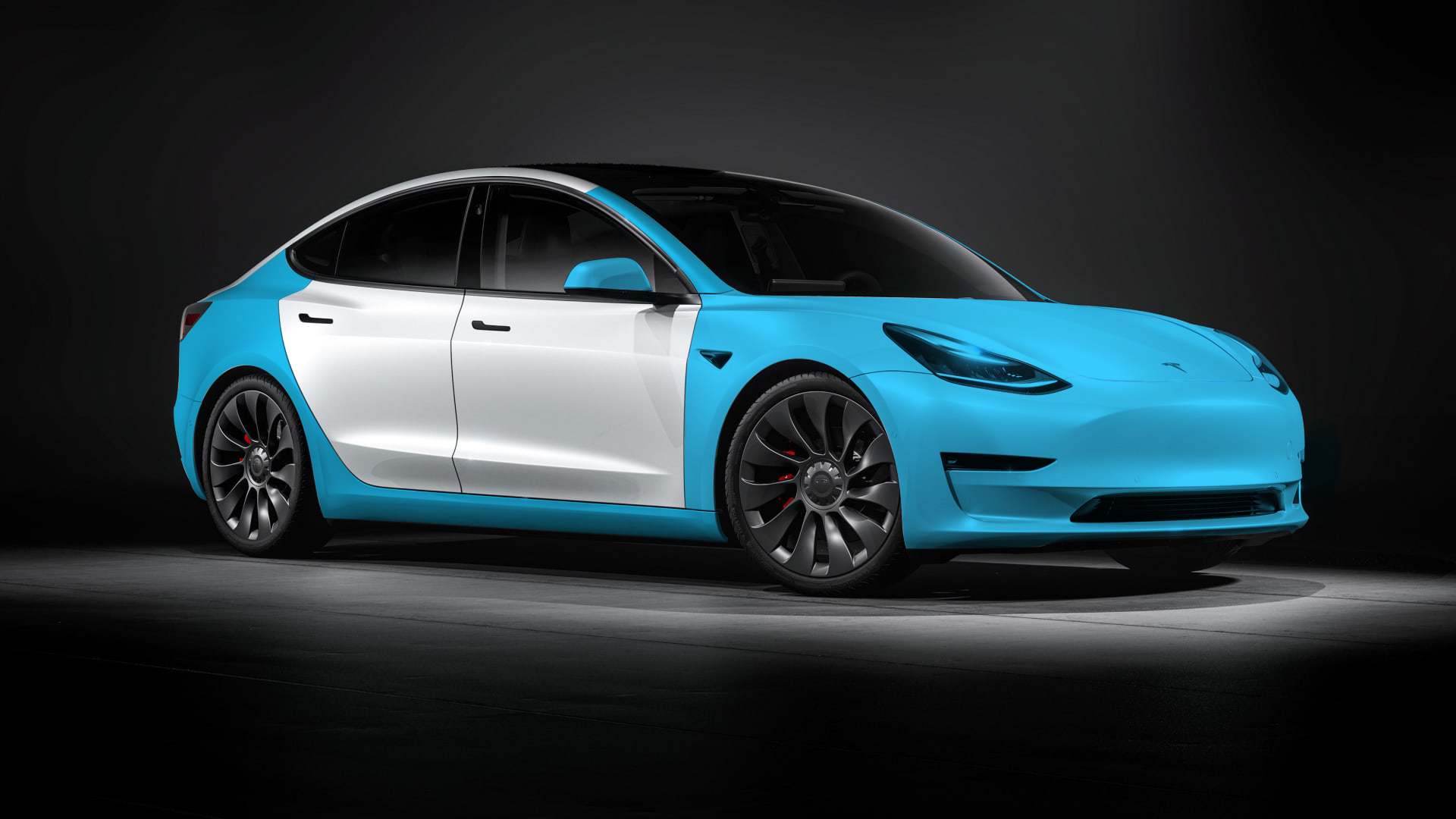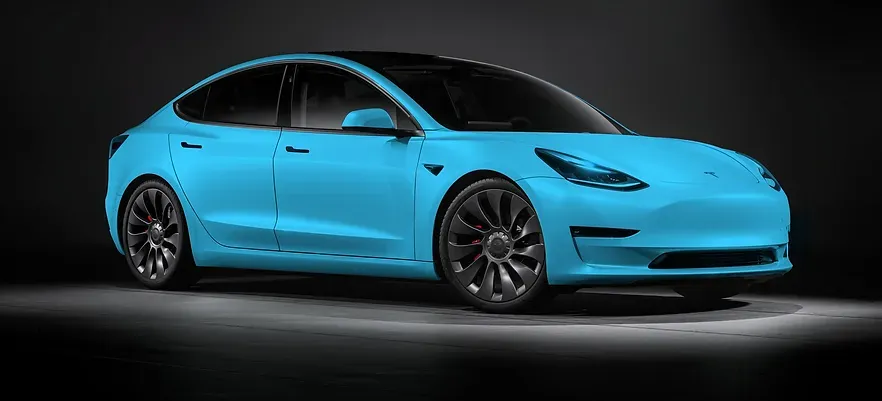Paint Protection Film in Cincinnati, OH - The Detail Station
Welcome to The Detail Station Cincy, Cincinnati's premier destination for top-tier paint protection film services. Our commitment to preserving the beauty and integrity of your vehicle's paintwork is unparalleled. With our advanced paint protection film solutions, we shield your car from the everyday hazards of the road.
Why Choose Paint Protection Film?
- Scratch Resistance: Our paint protection film acts as a barrier, safeguarding your vehicle's surface from unsightly scratches.
- Stone Chip Protection: Drive with confidence, knowing that your car is protected from stone chips and other road debris.
- Fade Resistance: Maintain the vibrancy of your vehicle's paint color with our fade-resistant film.
- Easy Removal: Our film is designed for easy removal, ensuring no damage to the original paint.
Our Installation Process
01
Surface Preparation
Every successful application begins with meticulous surface preparation. We ensure your car's surface is pristine and ready for the film.
02
Film Application
Our experts apply the film with precision, ensuring a seamless fit
03
Trimming & Adjusting
We fine-tune the application, making sure every edge is perfect.
Care & Maintenance
Maintaining the integrity of the paint protection film is crucial. We recommend regular washing and cleaning to keep the film in top condition. Should you notice any wear or damage, our team is on hand to assist with repair or replacement.
PAINT PROTECTION FILM SERVICES
Our custom-made paint protection films provide a reliable shield against scratches, rock chips, rust, chemicals, and various other types of physical damage. Based in Cincinnati, Ohio, The Detail Station effectively applies paint protection film to safeguard your paintwork. Entrust your vehicle's protection to our skilled team at The Detail Station!

FAQs
Got a question? We’re here to help.





